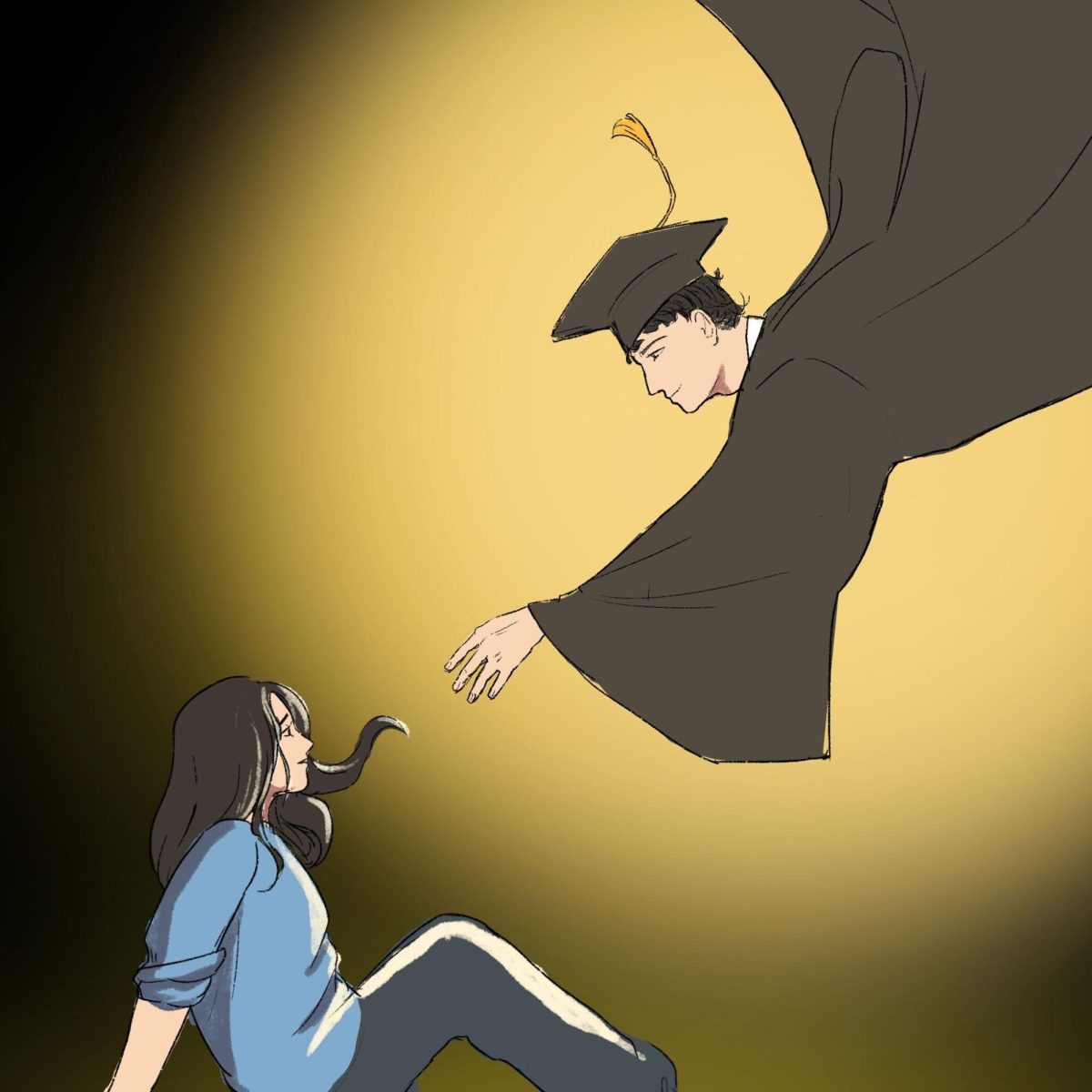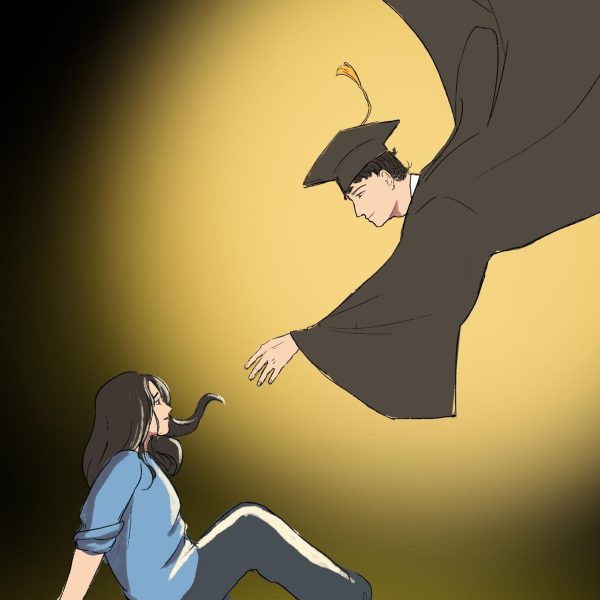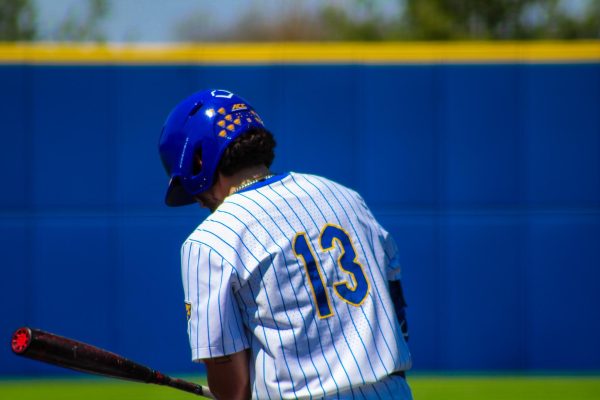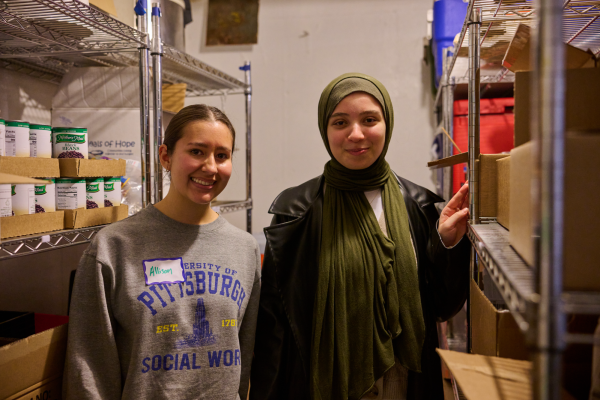Nursing students host bone marrow drive
February 23, 2010
Instead of the common blood drives on campus, Pitt’s Nursing Student Association will… Instead of the common blood drives on campus, Pitt’s Nursing Student Association will hold a bone marrow drive today and tomorrow for people suffering from leukemia, lymphoma and other blood diseases.
Pitt students interested in donating bone marrow can report to the William Pitt Union Lower Lounge between 10 a.m. and 5 p.m. on both days.
Laura Cermignano, president of Pitt’s Nursing Student Association, explained the purpose of the drive and outlined what students can expect if they attend the campus’ first bone marrow drive.
A lot of people have misconceptions about what a bone marrow drive is, Cermignano said.
At the drive, potential donors register for the national bone marrow registry, she said. They will not have to get a giant needle shoved into their hip, just yet. To get on the list, students must agree to take a DNA test conducted by collecting saliva.
“Your DNA will be analyzed to determine your tissue type,” Cermignano said. “Your name will then be entered into the national bone marrow registry, where it will remain until you turn 61 years old. You can remove your name from the registry at any time by making a few phone calls, and if at any time in the future you are chosen as a match, you are still not necessarily obligated to donate.”
It does not require anyone to make an immediate decision, she said, even though people’s chances of becoming a donor in the next 10 years is only 5 percent. Students should consider all the risks and rewards before deciding to register.
“Bone marrow transplants can literally be a lifesaving procedure,” Cermignano said. “If you are found to be a genetic match for somebody on the waiting list, you can impact their life in the largest way possible.”
Cermignano also cleared up another misconception about bone marrow donations.
“When most people think about donating bone marrow, they picture a merciless doctor shoving a gigantic needle into your pelvis,” she said. “But that procedure is used in less than 20 percent of cases.”
Most of the time, doctors remove bone marrow through a process called apheresis. This type of donation targets stem cells naturally occurring in the blood rather than removing actual marrow.
Four or five days before the donation, the donor will start to receive daily injections of a natural protein that boosts stem cell counts.
Blood is then removed as in a normal blood donation and passed through a machine that separates the stem cells. The remaining blood is transfused back into the body.
People can complete this donation process multiple times.
Collecting stem cells this way greatly lessens the risks and pain associated with bone marrow transplants, though donors commonly report headaches and nausea during the time of the injections and transfusions, Cermignano said.
When bone marrow is removed in the prototypical way, by inserting a needle into the pelvic bone, the process usually only causes lower back pain and fatigue, she said.
Anaesthesia is also used, which presents a minimal risk, and donors are able to return to their normal lives in a few days. People can generally only donate using the needle once or twice.
As of press time Monday, professionals in the biology and medical schools had not returned e-mails seeking comment about bone marrow donations, but Katie Taylor, professional development chair for Pitt’s Nursing Student Association, further clarified what students can expect at the drive.
The registration process will contain four steps, Taylor said.
The first step will be a brief information session, explaining that potential donors can’t be less than a certain weight depending on body type, and must be between ages 18 and 55.
Next, potential donors will fill out a form providing as much contact information as possible.
“We need students to be as specific as possible. Consider that they will be entered into a national registry and may not be contacted for several years or more,” Taylor said.
The third station is where the actual DNA test occurs. Technicians will swab the inside of your cheek for 20 seconds and then drop the swab into the bag.
The fourth step is to make sure everything went smoothly and that no questions remain.
The drive, which is held in conjunction with a similar event at West Virginia University, is part of an Association initiative to raise awareness about contemporary nursing and health issues.
Students seeking more information about bone marrow donations should visit getswabbed.org, a website run by DKMS, an international company dedicated to spreading awareness about leukemia and other blood diseases. DKMS will pay for the DNA swabs.
Cermignano said the actual donations often receive funding like other medical procedures, which insurance often covers.







